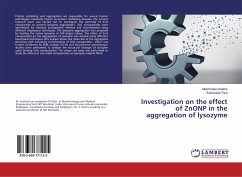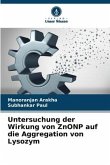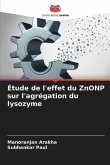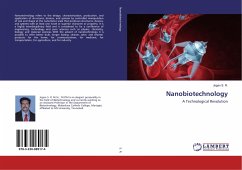Protein misfolding and aggregation are responsible for several human pathologies commonly known as protein misfolding diseases. The current research work was carried out to investigate the potential of ZnO nanoparticle to prevent lysozyme aggregation. ZnO nanoparticles were synthesized by chemical precipitation method and characterized using different biophysical techniques. The lysozyme aggregation was prepared by heating the native lysozyme at 100 degee Celsius. The effect of ZnO nanoparticles on the aggregation of lysozyme was studied using different biophysical techniques. DLS analysis shows the mean size of the aggregates decreases with increasing concentration of ZnO nanoparticle , which was further confirmed by SEM analysis. UV-Vis and fluorescence spectroscopic studies were performed to analyze the structural changes of lysozyme upon binding with nanoparticles. The congo red assay was performed to study the effects of zinc oxide nanoparticles on lysozyme amyloid fibrils.
Bitte wählen Sie Ihr Anliegen aus.
Rechnungen
Retourenschein anfordern
Bestellstatus
Storno








